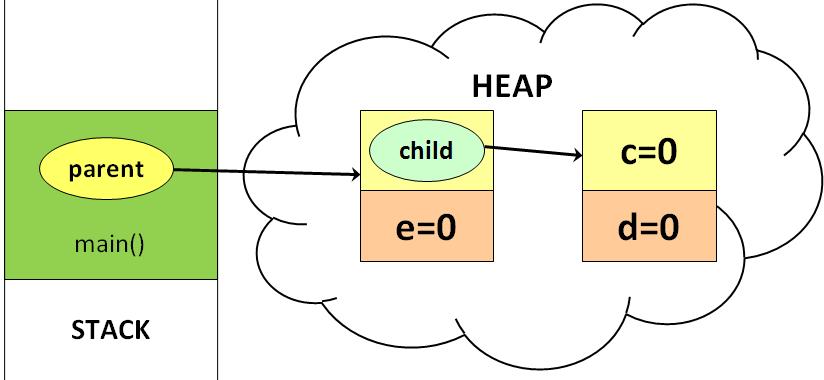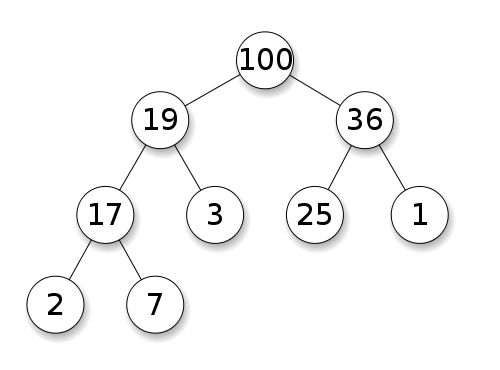

size() returns the number of items in the queue.It needs no parameters and returns a boolean value. isEmpty() tests to see whether the queue is empty.

#Queue vs stack vs heap full#
A stack can exist in Overflow and Underflow state if it is full or empty respectively.Insertion and removal of the data can only be done at the top. There are 3 main operations of a stack which are push(), pop() and the data at the top of the stack is called top().Stack is also based on the FIFO data structure method.Stack is an ordered list of similar data types.Every time an element is added, it goes on the top of the stack, and the only element that the stack can remove is the element at the top of the stack. It is a simple data structure that allows adding and removing elements in a particular order. Stack is an abstract data type with a predefined capacity.
#Queue vs stack vs heap software#
Most software implementations of a FIFO queue are not thread-safe and require a locking mechanism to verify the data structure chain is being manipulated by only one thread at a time.īefore we get into the details of what a queue is, let us understand what a stack is. In computing and systems theory, FIFO (an acronym for first in, first out) is a method for organising the manipulation of a data structure (often, specifically a data buffer) where the oldest (first) entry, or “head” of the queue, is processed first.ĭepending on the application, a FIFO could be implemented as a hardware shift register or using different memory structures, typically a circular buffer, list or, in this case, a queue. It follows the First-In-First-Out policy. To put it simply, a queue is an ordered collection of items where the insertion is done from one end known as either the rear end or the tail of the queue, whereas the deletion is done from another end known as the front end or the head of the queue.Ī queue is a data structure in which whatever comes first will go out first. It is similar to the ticket queue outside a cinema hall, where the first person entering the queue is the first person who gets the ticket.

In the domains of data structure, a queue is a useful one in the realm of programming.


 0 kommentar(er)
0 kommentar(er)
